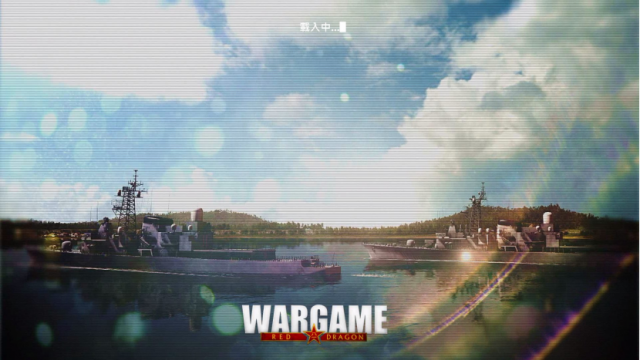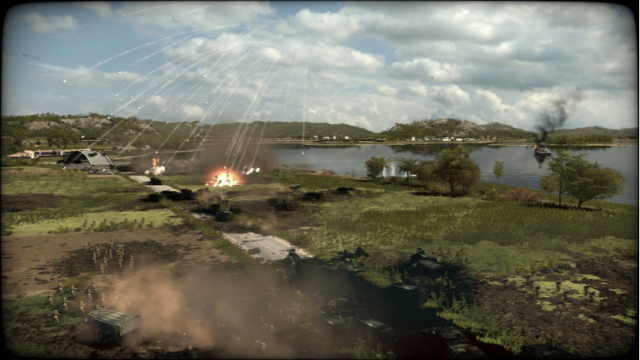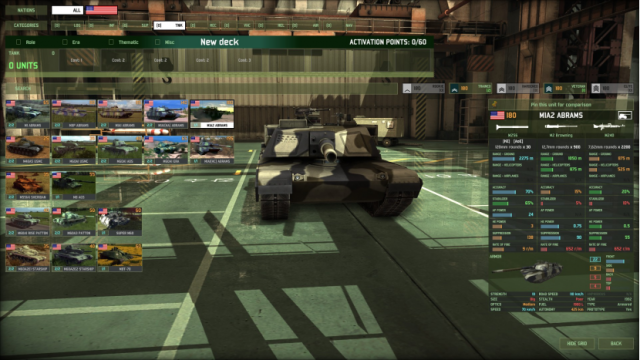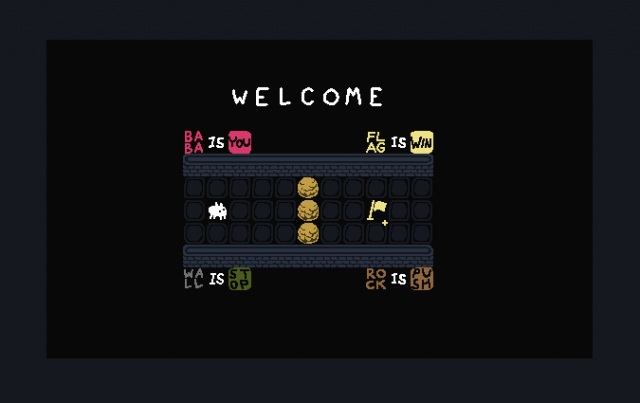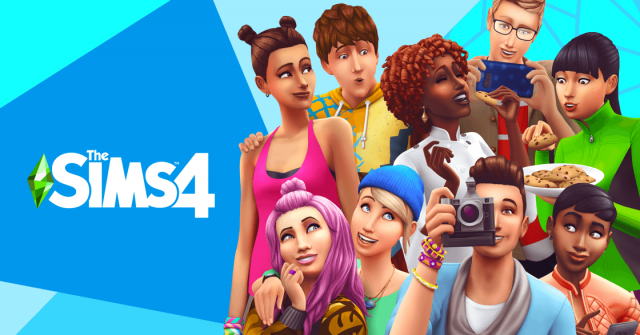
Streets of Rogue is an action rogue-lite game. You play as a disgruntled citizen making his/her way through randomly generated levels in a city in order to confront a corrupt Mayor. This game emphasises on player choice; you are given complete freedom on how you will approach completing the missions in the game. Will you go in a restricted area guns blazing to get to someone? Or will you poison the air vents to make him come to you? You can also choose from a variety of characters, each with their own perks which drastically change the way you play the game.
Here is a video of how the gameplay looks like.
Elemental Tetrad
Mechanics
Controls:
– Zoomed out overview, WASD controls.
– Mouse is used to orientate the player, mainly for aiming with projectile items/ weapons.
Environment:
– Levels are randomly generated. Every third level, there will be an additional challenge on that level (e.g. Killer Robot Is After You!).
– As the game progresses, levels become harder. Players encounter new levels with their unique structures and NPCs (e.g. During the Downtown levels, there will also be many mafia NPCs walking around which will try to extort money from the player.)
Interactions:
– Players have freedom to talk to, attack, hire, or help any of the NPCs that are walking around.
– Depending on the character being played, more options might be open(e.g. threatening, bribing, gifting, etc).
– NPCs will remember their encounter with the player for the rest of the level; hostile NPCs will try to attack you or call the cops, while friendly or aligned NPCs will come to your aid.
Leveling:
– As this game is a rogue-lite, players will always start a game at level one.
– Players can get experience from almost any action performed, with the largest bulk of experience being gained from completing the main missions.
– On level up, players can choose a new perk at the end of the level.
Multiplayer:
– Up to four players can play together locally or online.
– For local play, players have to share the same screen view (meaning players cannot walk too far away from each other)
Story
– Story of Streets of Rogue is shallow, serving mainly to give the setting for the player. During the tutorial, players are shown to be recruited into the Resistance. However, after the tutorial, as the player makes their way through the city, there is no longer any mention of the Resistance.
– Rather than use a main storyline, the game stands out for its quirkyness and randomness. Example: character selection. Players can choose from a multitude of characters, each having a short backstory and their “Big Quest” to achieve along way to overthrow the mayor (e.g. Doctor wants to spread peace, big quest is not being allowed to kill people). Some characters would make sense such as a Soldier or Policeman, but there are characters that seemingly make no sense introduced like the Vampire and Zombie.
– Some storytelling is done as the player progresses through the levels: starting from the Suburbs, the player will eventually reach the Downtown and Uptown areas where there is greater security and more tension shown where the player is denied access or privileges due to not being an “authorised citizen”.
– There are no story-specific events that unfold, until the player finally wins the game.
Aesthetics
– Game looks simple with its pixel artstyle. Since the gameplay is fast paced, this is not a game where you stop to look at the design.
– Minimalist approach is taken to focus on gameplay; NPCs dialogue is simple, when you interact with an object you will see a simple dropdown list of what you can do, similar to using an object there are no unique animations, status effects will be displayed in text on the corner of the screen (e.g. Weak)
Technology
– PC game, standard controls. There are options to use controllers which would be more suited since this is similar to arcade games.
Lens of Surprise
Wow, this game is full of surprises.
– Random events happen throughout the levels, with some events base on the demographic of certain areas (e.g. Ongoing war on the level, so there will be soldiers and cannibals constantly spawning and fighting).
– Similarly, randomly encounters with NPCs (e.g. thieves coming up to steal your items, gorillas attacking you on sight because you are a scientist, a cannibal popping out of a manhole to eat you).
– Note that the element of surprise is so overwhelming at times that it is not uncommon for you to suddenly die and lose the game, which might detract from fun – or, provide an element of challenge (e.g. being caught in the crossfire of a random battle between mafia and the police).
Lens of Time
Wow, this game takes a long time to play.
– Normally for rogue-lites, you would expect gameplay to be short, but one game of Streets of Rogue can easily take an hour.
– This is partly due to the large level size, and the complexity of mission that usually have the objective nested inside a large complicated building.
– Additionally, due to the unpredictability of the game, players would want to navigate the level in a cautious manner versus just rushing through.
Lens of Problem Solving
Basically the essence of the game.
– This is one of the key selling points of the game: being able to complete the missions any way you want.
– To the point where you can complete the whole game indirectly; i.e using circumstances, hiring people, inciting conflicts, and the missions will complete themselves for you.
– This high variability can make the game too easy sometimes, though. Example: The final mission, get the Mayor’s hat. Mayor is accompanied by guard detail, I completed the mission within 15 seconds by giving the guards poison to make them enraged, the resulting shootout killed the mayor.
Lens of Endogenous Value
Wow, this has some amazing rewards.
– The missions that the player has to complete before completing the level, will yield random items of highly variable utility, giving players a lot of options to approach future missions (e.g. Resurrection shampoo, cyanide pill, necronomicon, hacking tool, friend phone, etc).
– Although some items have powerful effects, they are not game-breaking as the items are not able to be used constantly through the game, so it is balanced.

